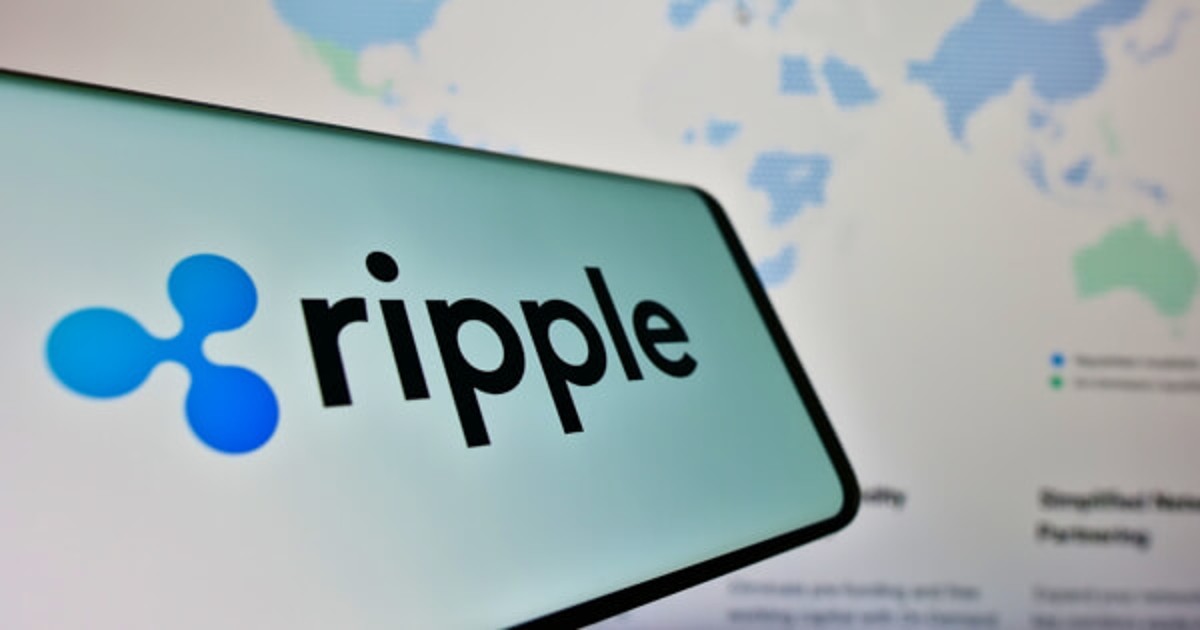- Ripple Labs and XRP scored a scholarly mention from an NYU Professor.
- XRP is gaining global recognition as a bridge currency, a use case now reflected in its price.
American blockchain payments firm Ripple Labs and its associated coin, XRP, are seeing increased acceptance in the traditional financial industry. A New York University (NYU) professor recently explained how Ripple uses RippleNet to remove risk from instant cross-border settlements.
Ripple and RippleNet Transforming Global Finance
Speaking at the World Knowledge Forum 2024, the Professor noted that Ripple’s involvement in cross-border settlement started in 2012. This emphasizes the firm’s position as a leader and innovator in the industry.
The professor highlighted that XRP is open permissionless, meaning anyone can join the blockchain if they follow the rules. He noted that Ripple’s XRP’s On-Demand Liquidity (ODL) on RippleNET is an intermediary between individuals and financial institutions for seamless international payments.
NYU professor explains how #Ripple and #XRP are transforming finance with $XRP‘s On-Demand #Liquidity on RippleNet, removing risk from instant cross-border settlements
Just to clarify, participants in #RippleNet include central banks and major #financial institutions globally pic.twitter.com/WbBZAAVdEV
— Black Swan Capitalist (@VersanAljarrah) November 18, 2024
According to him, the ODL further enhances transaction efficiency by using Ripple’s linked native digital asset, XRP. Essentially, the ODL utilizes XRP to create more frictionless cross-border payments. Explaining how the system works, the NYU Professor said ODL technology allows individuals to move their money in seconds.
For instance, an individual can exchange US Dollars for Chinese Yuan. First, the sender’s USD is converted into XRP, then sent to an exchange in the destination country, where it’s sold for Yuan. The local currency is then sent to the recipient’s bank account, all happening in the blink of an eye.
Besides instantaneous settlement, XRP’s On-Demand Liquidity offers safer and more reliable payments. It also lowers costs, helping users save on fees and other expenses. Although all transactions made using RippleNet products are recorded on the blockchain, RippleNet is not a blockchain in and of itself.
As CNF reported last year, RippleNET has rebranded as Ripple Payments. Ripple’s President Monica Long said the evolution of Ripple Payments represents an extension of the firm’s long-running work to optimize the cross-border payments experience.
Ripple Payments and XRP Customers
Ripple Payment represents a groundbreaking advancement in the cross-border finance industry. As revealed in a CNF article, Ripple Payments supports more than 55 countries and has a payout network that spans 70 markets. The network pairs with over 120 fiat currencies, ensuring countries can easily send payments to one another.
Ripple Payments provides local banks with a packaged solution to improve cross-border payment services. For instance, local banks can use XRP’s efficiency to eliminate pre-funded nostro accounts, resulting in cheaper and faster cross-border transfers, per a CNF report.
Meanwhile, Russia’s central bank is already working with Ripple while using XRP for cross-border settlements. In 2018, the Bank of Russia’s Novosibirsk innovative laboratory researched the feasibility of cross-border settlements via the Ripple platform. Their involvement highlights the growing acceptance of Ripple’s technology and XRP for cross-border remittances.
Meanwhile, XRP is trading at $1.09, up 62.93% in the last seven days. The coin is growing based on the recognition of its role in payments, a development complementing the broader market.














